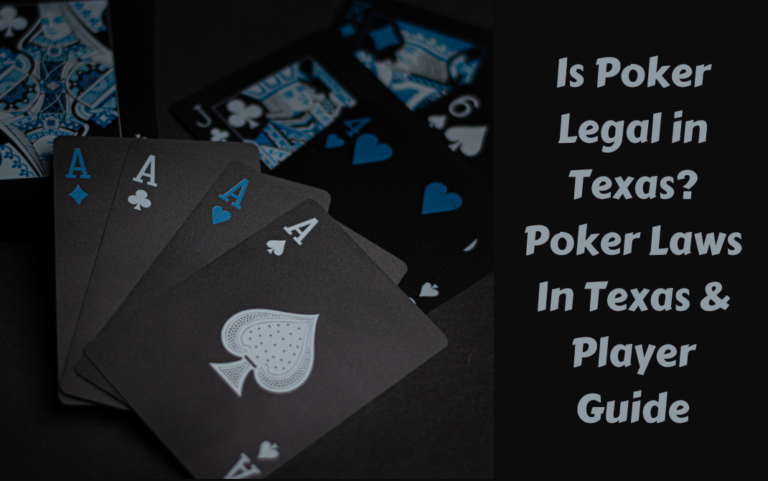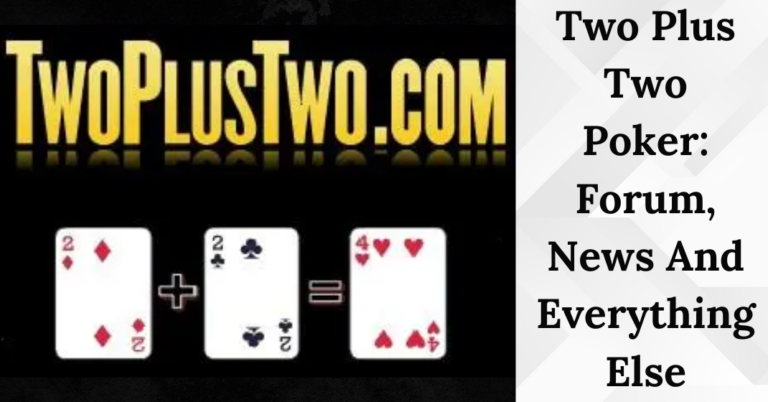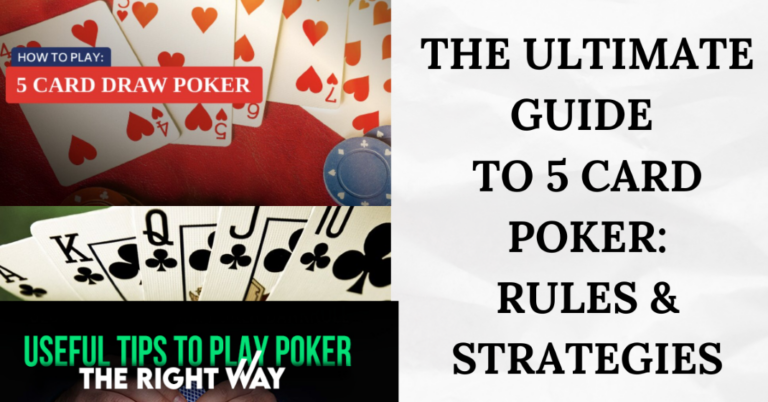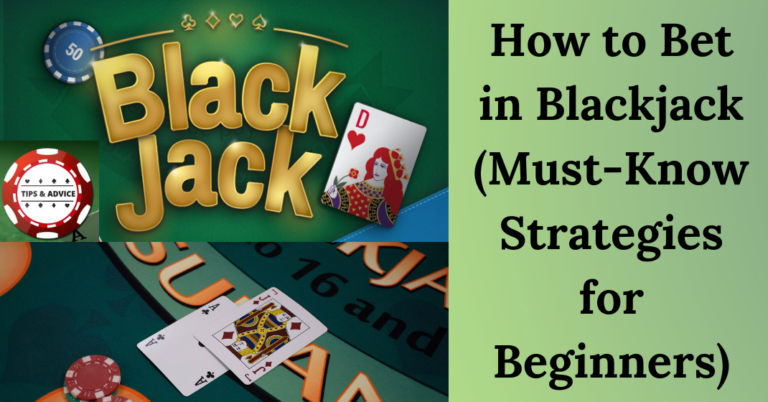Best Poker Tips And Strategies You Must Know In 2024
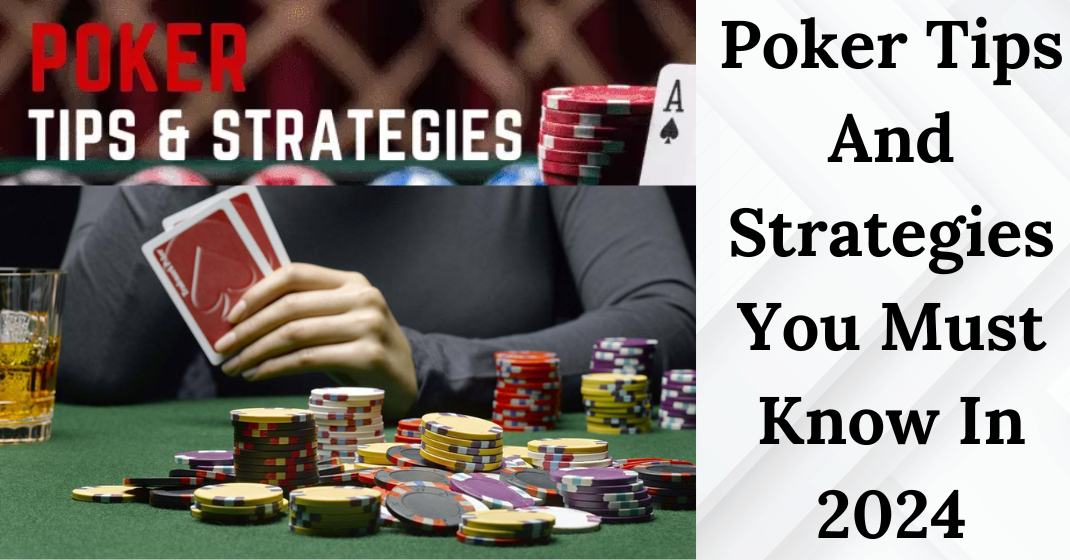
Poker is a skill-based game that involves psychology, math, probabilities, and betting strategies. To master all of these elements, players need to know some fundamental tips and strategies. This article aims to outline key poker approaches you must be aware of to make the most out of every game in 2024.
UNDERSTANDING THE BASICS
Before diving into advanced poker plans, you must understand the essential rules and hand rankings.
The Rules of Poker: A Quick Refresher
Also Read: Best Daily Poker Tournaments In Las Vegas (Full List 2024)
Poker Hand Rankings
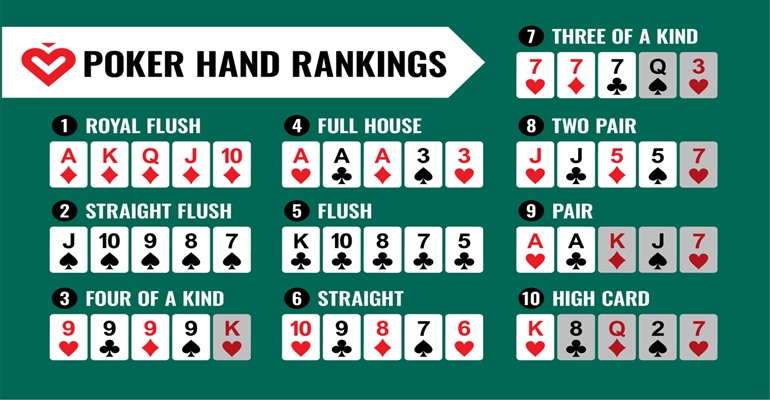
| Hand | Example |
| Royal Flush | A♠ K♠ Q♠ J♠ 10♠ |
| Straight Flush | 7♦ 6♦ 5♦ 4♦ 3♦ |
| Four of a Kind | J♥ J♠ J♦ J♣ 7♣ |
| Full House | A♥ A♠ A♦ 5♥ 5♠ |
| Flush | 5♠ 9♠ K♠ Q♠ 3♠ |
| Straight | 8♣ 7♦ 6♥ 5♠ 4♥ |
| Three-of-a-Kind | Q♣ Q♥ Q♦ 9♠ 2♠ |
| Two Pair | A♠ A♥ J♦ J♣ 9♥ |
| One Pair | 10♣ 10♦ K♠ 8♥ 2♠ |
| High Card | A♥ K♣ Q♠ J♥ 9♦ |
PRE-FLOP STRATEGIES
You are making smart decisions before the flop is critical, as this is when you commit chips based on limited information.
The Power of Starting Hand Selection
You cannot profitably play every hand in poker. Follow these pre-flop guidelines:
- Play fewer hands (15-20% of dealt cards)
- Focus on strong starting hands like pairs, suited connectors
- Raise aggressively with quality holdings
For example, if you have A♦K♥ in the early position, raise 3-4x the big blind rather than limping in. This applies immediate pressure and makes opponents pay to see the flop.
UNDERSTANDING POSITION IN POKER
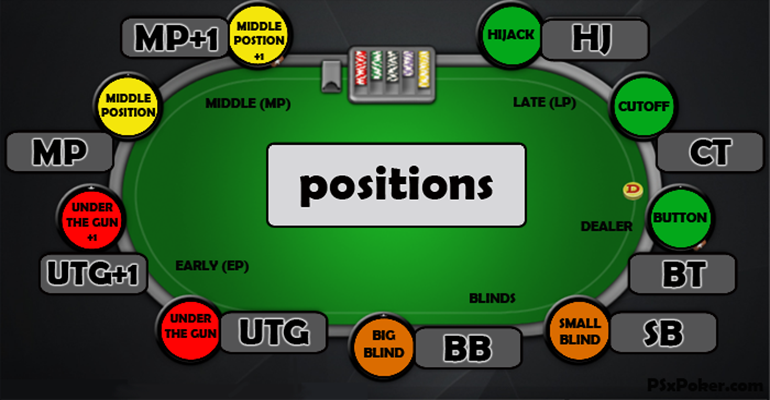
The position is a critical concept that dictates which hands you can profitably play. Having a position means you act after your opponents, allowing you to make more informed decisions.
There are several key positions to understand:
- Early Position (UTG, UTG+1, UTG+2) – first three seats left of the button. Very disadvantageous as many players act after you, so play premium hands.
- Middle Position (MP) – middle seats give some information before acting. Slightly wider range with hands-like suited aces and connectors.
- Late Position (CO, BTN) – cutoff and button provide maximum information with many players acting before you. Biggest range advantage.
- Blinds (SB, BB) – forced bets mean you can play more trash hands than normal here, especially as BB vs a steal attempt.
So 89s might be a profitable open on the Button but a losing open Under the Gun. Why position matters:
- You avoid playing out of position post-flop, which is challenging as you have to act first.
- You see more opponents show weakness by folding or limping before deciding your action.
- Players left to act have a reduced range if they just call or fold rather than raise.
POST-FLOP STRATEGIES
Once community cards are dealt with, implementing approaches for continuation betting, analysing the evolving board texture, and balancing your aggression are key.
The Art of Continuation Betting
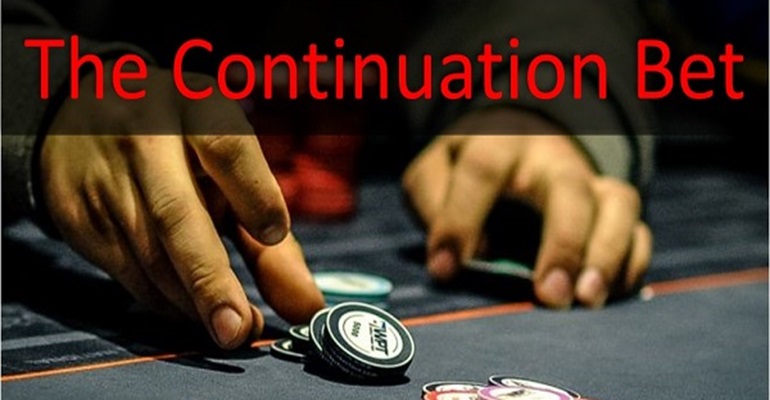
Continuation betting refers to betting the flop after you were the pre-flop raiser. This is an essential weapon in your poker arsenal. When executed correctly, continuation betting applies pressure on your opponents and allows you to win pots early before the board becomes dangerous.
There are a few key guidelines to follow:
- You should be c-betting the flop at a high frequency, around 50-75% of the time, depending on your position and the table dynamics. This balanced approach prevents your play from becoming predictable.
- Typical c-bet sizing should be half pot to three-quarters pot. Anything below a third pot is too small to get folds, while anything over the pot is essentially overplaying your hand.
- Be aware of board textures when c-betting. Boards with low cards unlikely to have connected strongly with your opponent’s preflop calling range are prime for continuation bets. You rep big pairs or overpairs in these spots.
C-betting is a foundational poker strategy based on a balanced understanding of ranges, board textures, bet sizing and player tendencies. Master it and boost your win rate substantially.
Reading the Board and Opponents
You must consider the community cards and your opponent’s actions when deciding what to do after the flop.
- If you have a top pair good kicker and the board pairs, your hand likely went from a winner to second best. You may have to let it go if facing aggression.
- If your opponent checks to show weakness, you can take the betting lead to try and win the pot regardless of your holdings.
This evaluation and adjustment process continues through the turn and river.
Also Read: Two Plus Two Poker: Forum, News And Everything To Know!
ADVANCED BETTING STRATEGIES
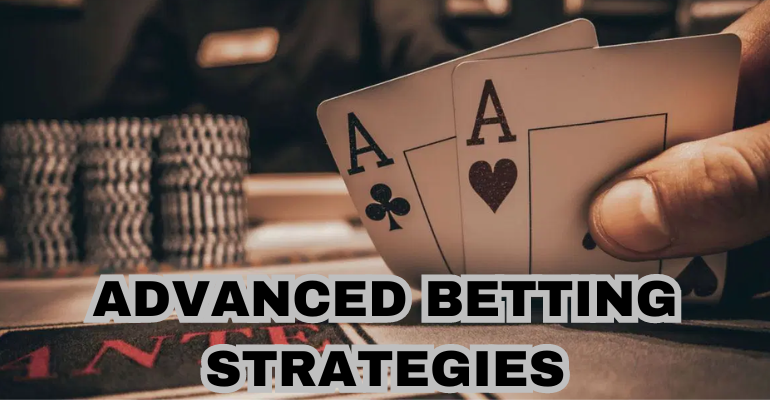
Sharpening your betting skills is how you maximise profit. From exploiting pot odds to managing your bankroll, betting lies at the heart of poker success.
Pot Odds and Expected Value
You can call with drawing hands when pot odds dictate it is profitable in the long run to do so.
- Pot odds – the ratio of the pot size to the bet you must call
- Expected value – how much you expect to win or lose on average if an event is repeated many times
For example, you have a flush draw and $100 in the pot. Your opponent bets $10. You are getting 10-to-1 pot odds, so as long as you think you will make your flush at least 10% of the time, calling has a positive expected value ($100/$10 = 10) and is correct.
The Importance of Bet Sizing
Betting too much or too little is equally problematic. You want to size your wagers based on factors like:
Bet small as a bluff or for value with vulnerable holdings. Bet large when wanting only strong hands to continue.
Managing Your Bankroll
Have 50-100 big blinds for the stakes you play and stick to proper bankroll management:
- Only risk 1-3% of your total bankroll per gaming session
- Drop down in limits if you lose 20-30% of the initial bankroll amount
- Move up limits when bankroll grows by 30%
This ensures you have enough money to maximise your edge at a certain level.
PLAYING STYLES AND ADJUSTMENTS
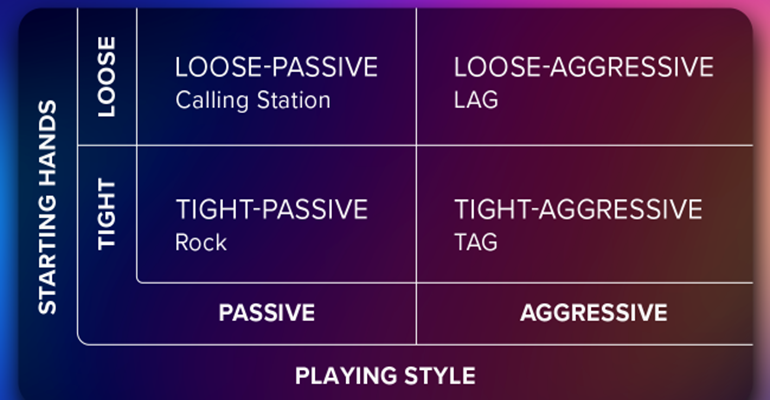
You should start with a solid baseline approach and tune your play based on opponent tendencies.
Tight Aggressive (TAG)
This style is optimal for beginners to beat low-stakes games.
Key points:
- Play only very strong starting hands
- Raise and re-raise with those premium holdings pre-flop
- Fire big continuation bets post-flop
- Maintain pressure on later streets when you have a good hand
It prevents you from making difficult marginal decisions until you gain more experience.
Loose Aggressive (LAG) Play
As you gain more experience, adopting a Loose, Aggressive approach allows you to apply maximum pressure and exploit weaker competition.
Key characteristics:
- Play more marginal hands that can hit disguised straights or flushes, like suited connectors and single-gappers.
- Incorporate frequent light 3betting pre-flop for value and as a bluff. For instance, make a standard open with hands like ATo, JJ, and AKo and mix in 3bets with suited wheel aces (A5s), suited gappers (98s) and weaker broadways (KQo).
Thanks to implied odds, you can get away with a much wider range multi-way. LAG play allows you to leverage the post-flop skill edge.
Adjusting Your Style Based on the Table
You should dynamically adjust your strategies based on your opponent’s tendencies and table dynamics:
- Identify tighter, passive players and use wider 3betting, bets, and double barrels to exploit them. They will likely fold too often because they defend their blinds less.
- Against calling stations, bet extremely small for value. They call it too wide, so thin value betting ensures you maximise profit per street.
- In multiway pots, bet larger to charge aggressive opponents properly for draws. Passive players check/call too often, so they affect sizings less.
Make notes on opponent tendencies so you can accurately assess table dynamics and adjust appropriately to maximise EV.
Also Read: Poker Starting Hands Chart (Complete Guide And Rankings)
PSYCHOLOGICAL ASPECTS OF POKER
Mastering the mental game is just as important as grasping the strategic elements. Poker success depends heavily on psychology and emotional control.
CONCLUSION
In poker, there are several strategic considerations to be made. You will, however, be able to make better decisions at the table once you have read this guide’s fundamental tips. When starting your hands, be aggressively selective based on your position, bet to build pots, manage your bankroll well, balance your playstyle against various opponents, develop your mental fortitude, and actively review and study your game to improve. Once you have established a winning foundation, internalising these core poker strategies lays the foundation for advancing to more intricate concepts. You’ll steadily see your win rate rise in 2024 as you master these key ideas from top to bottom.


